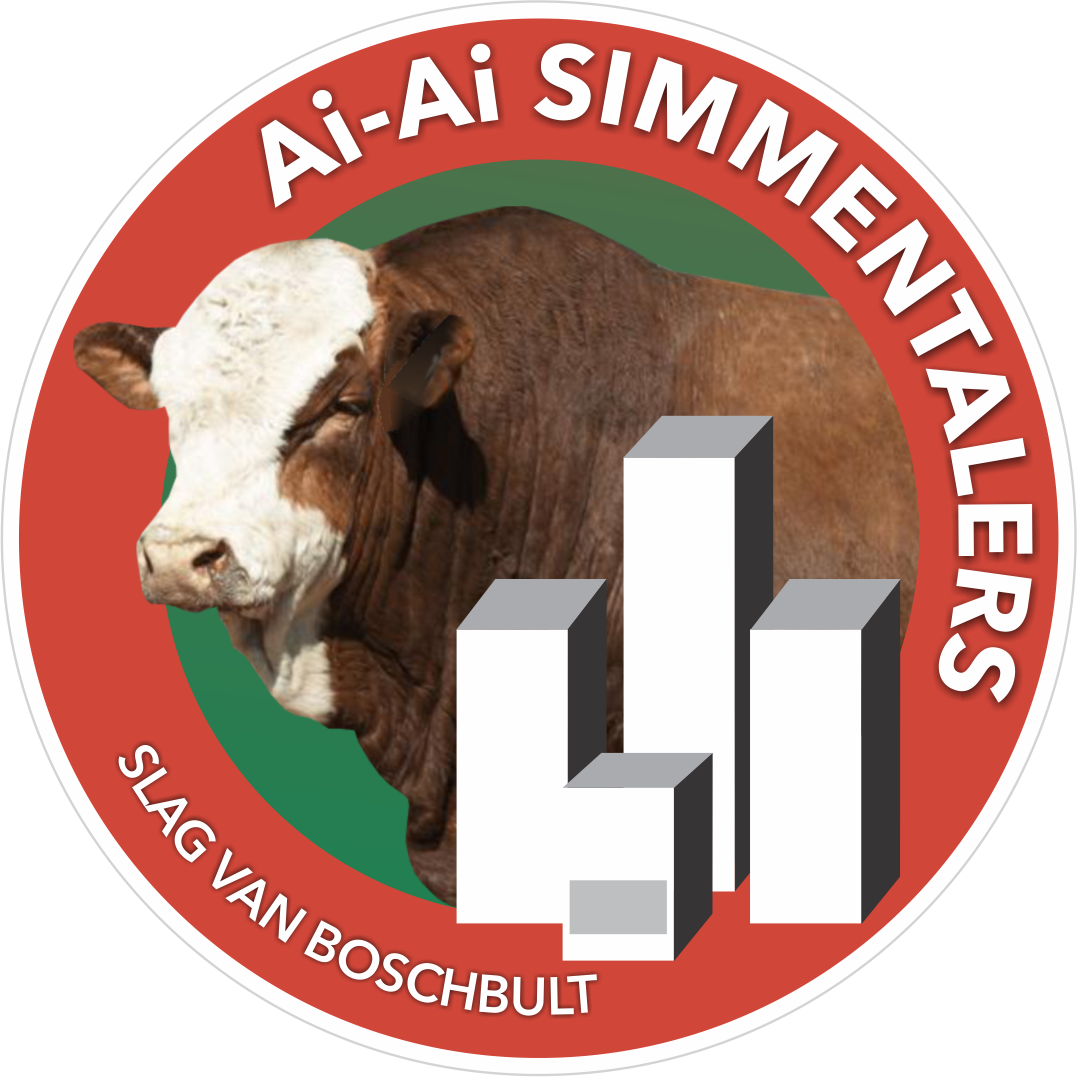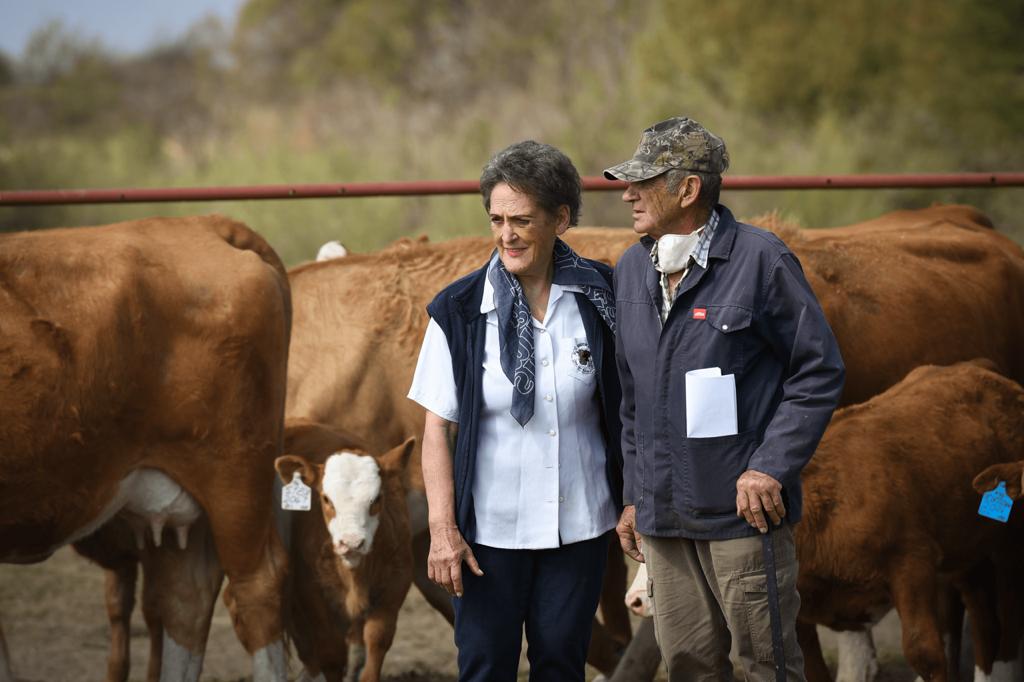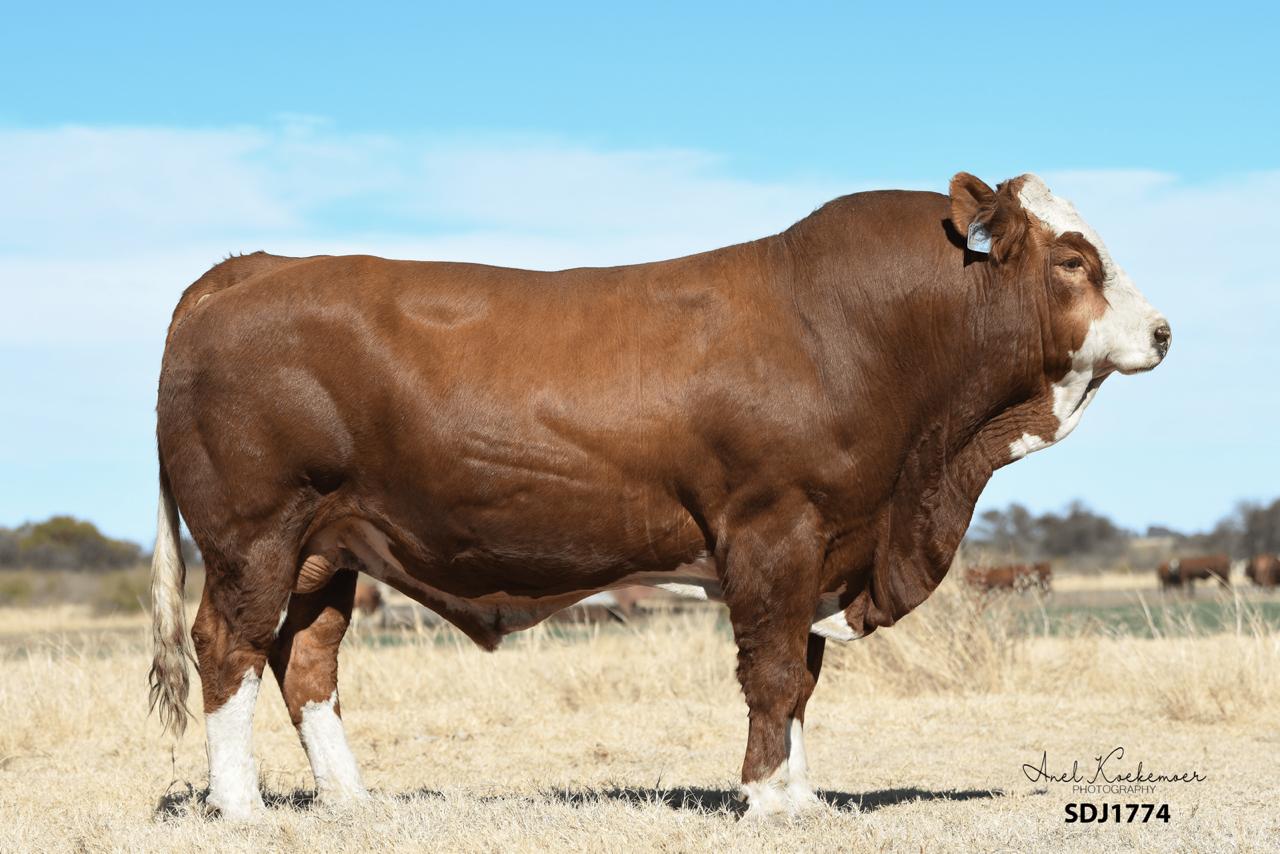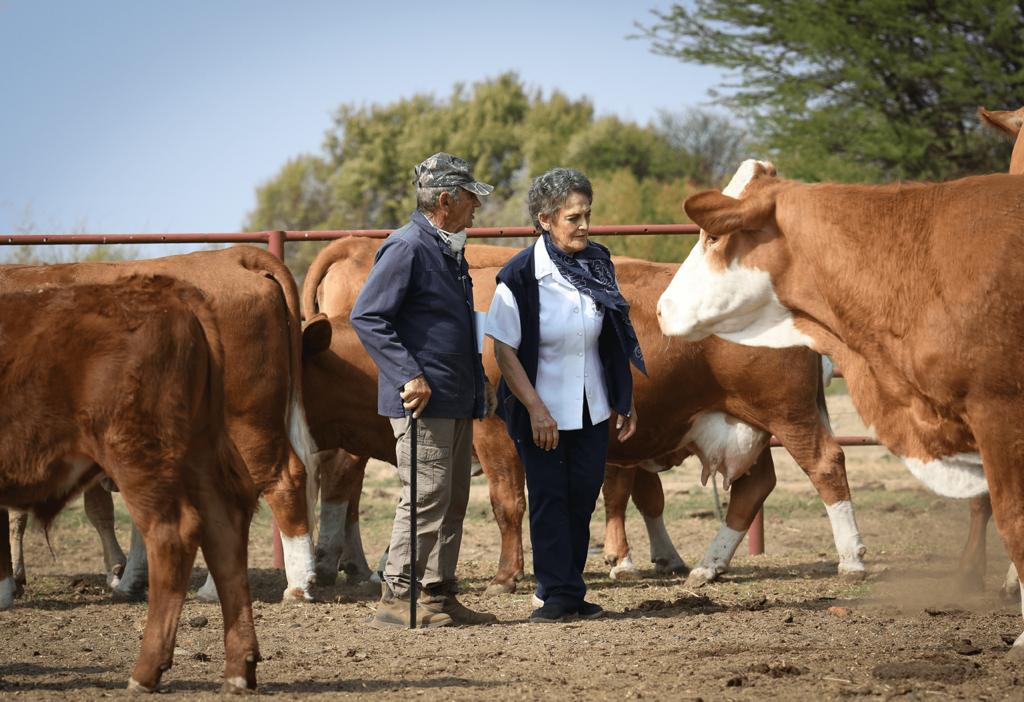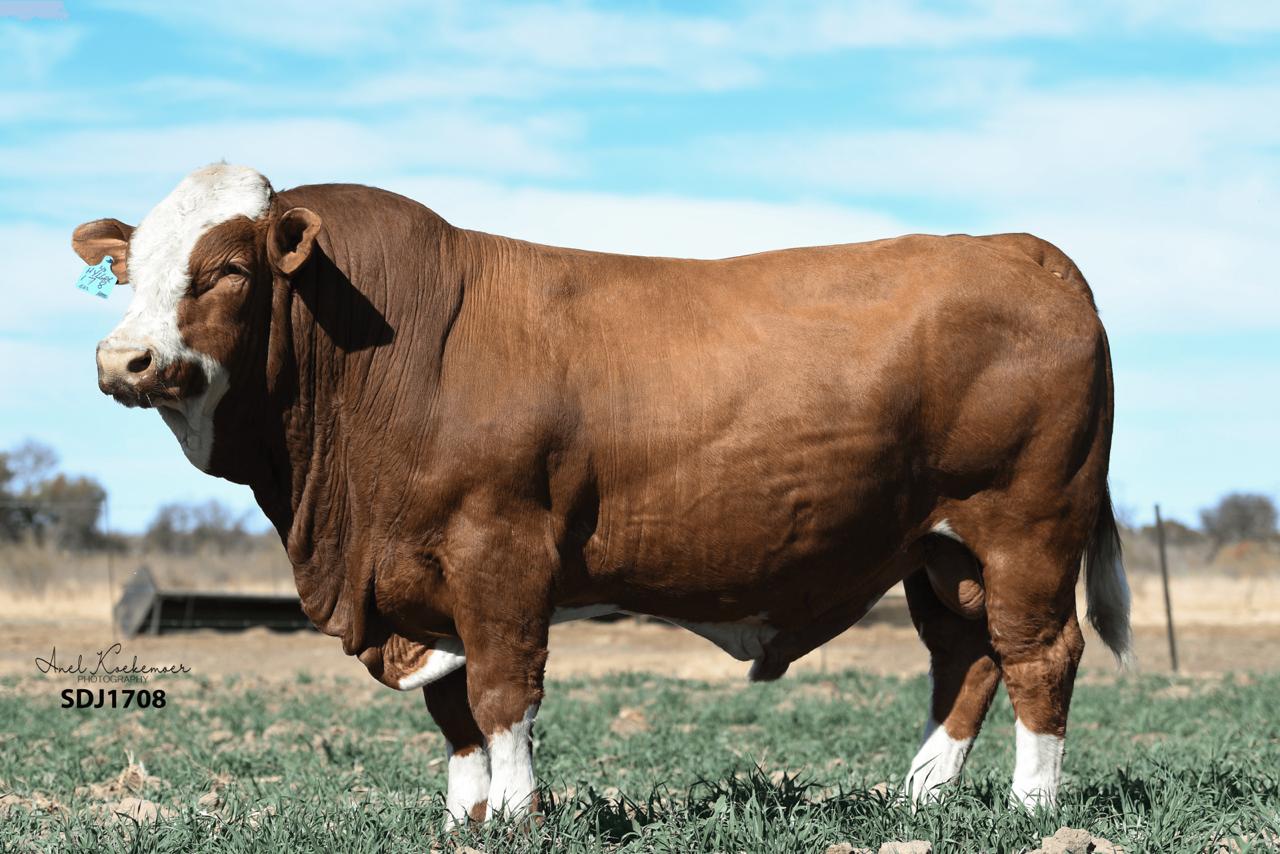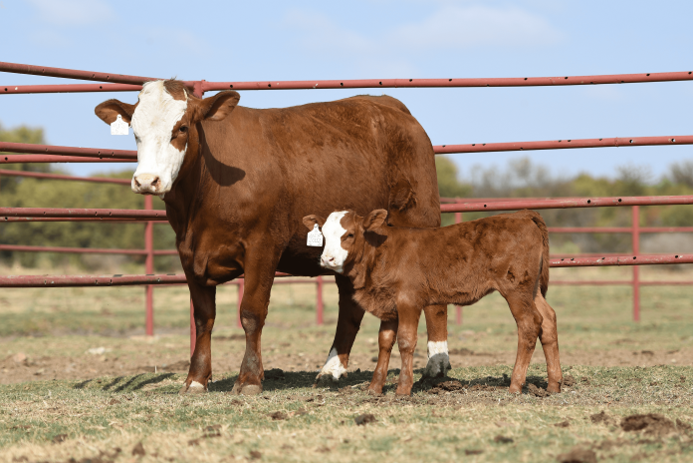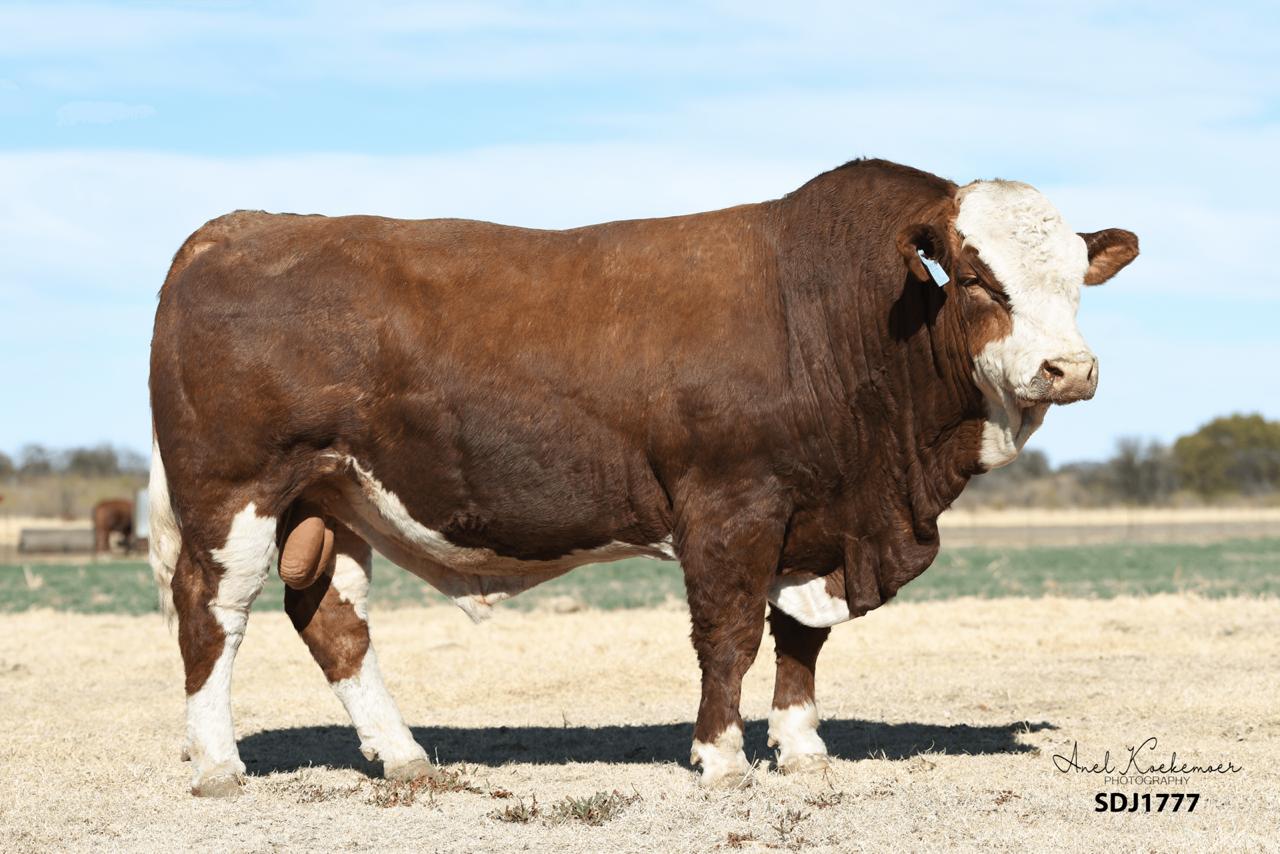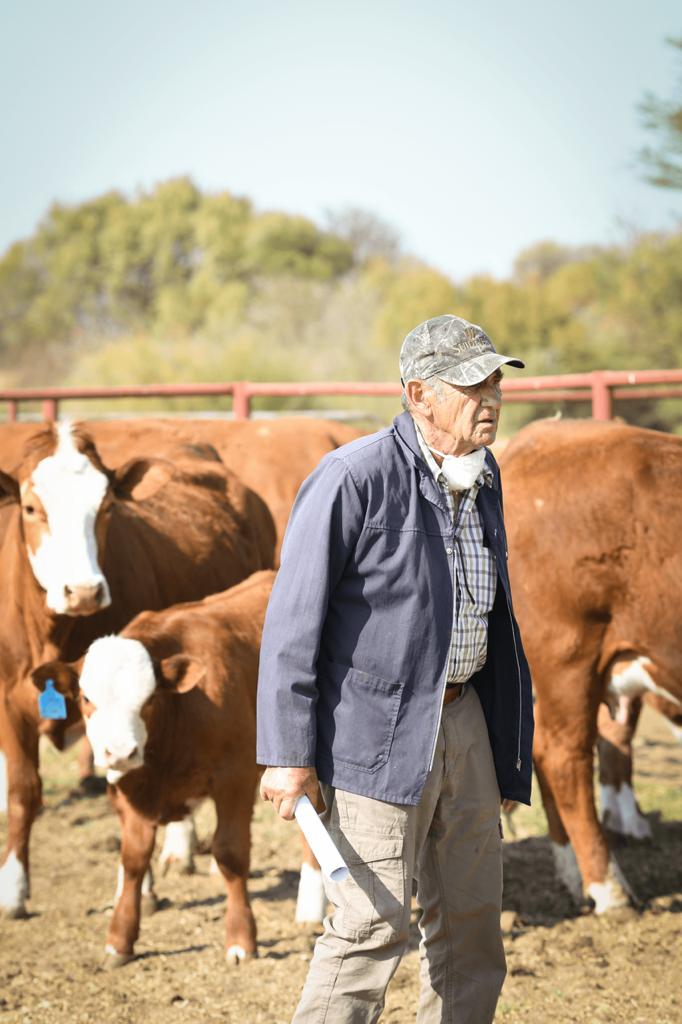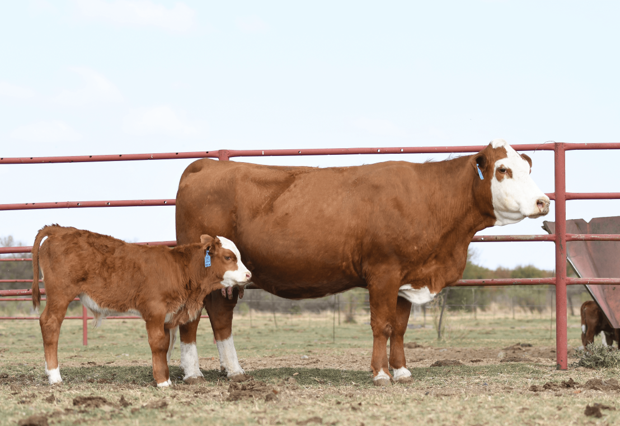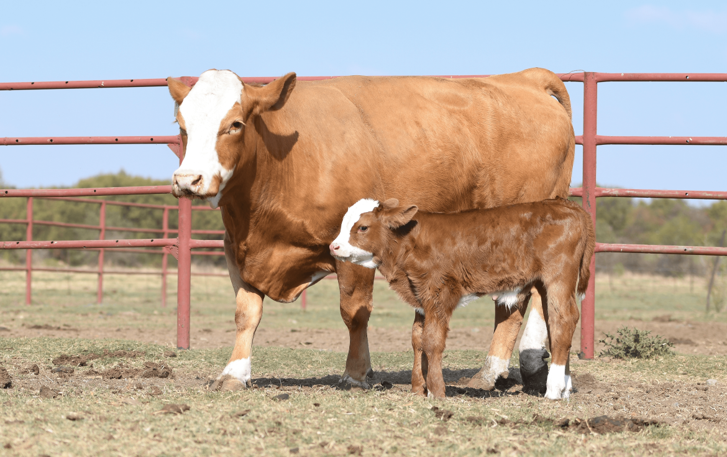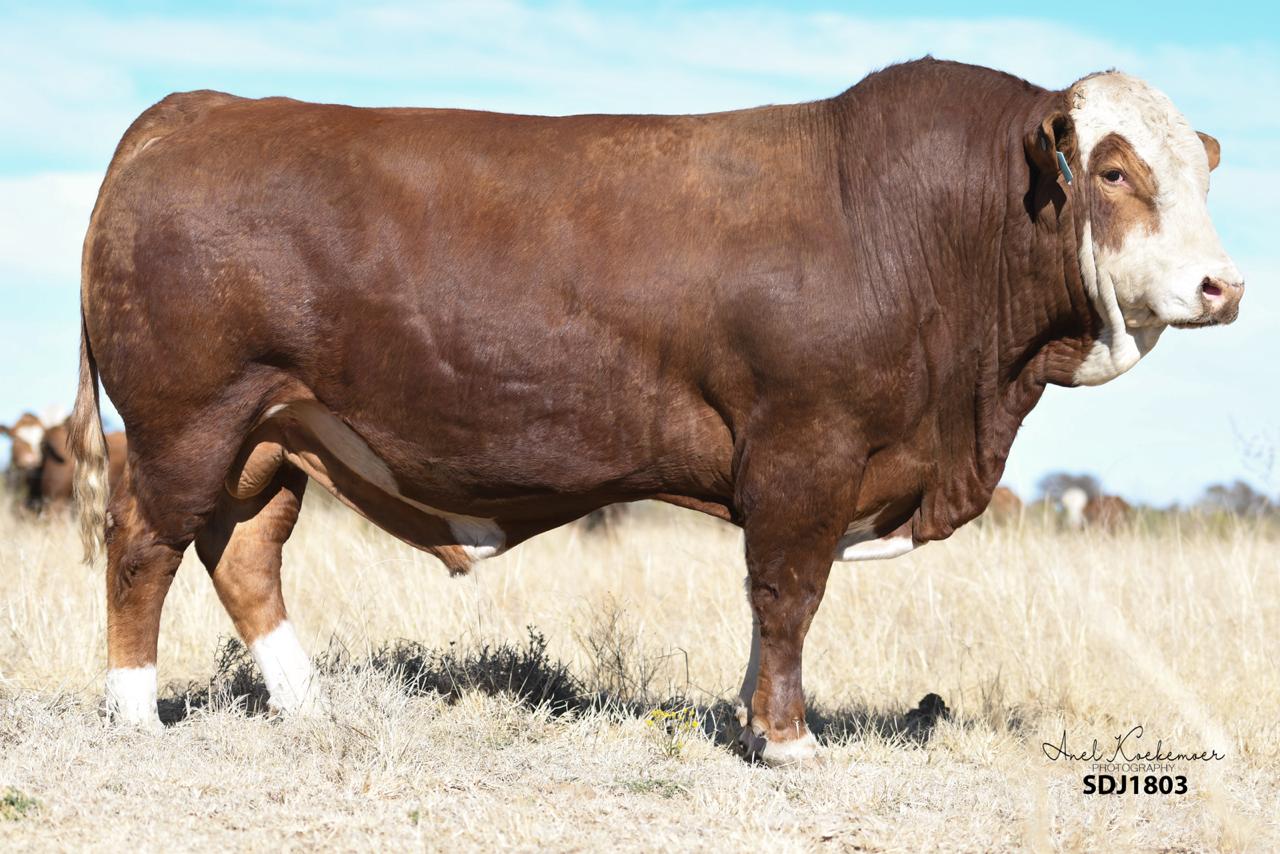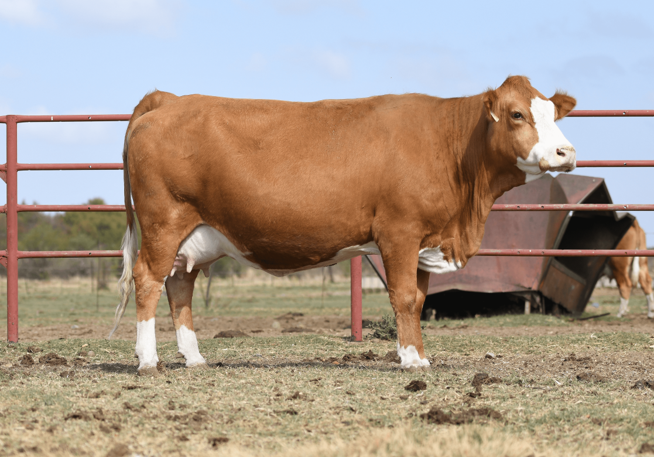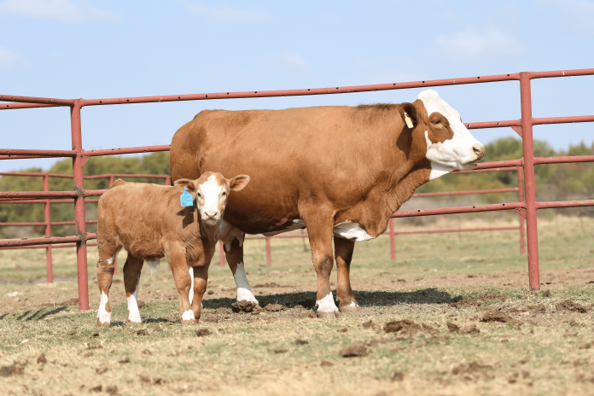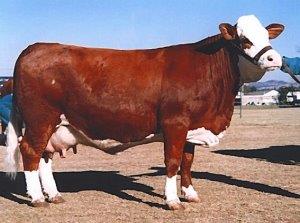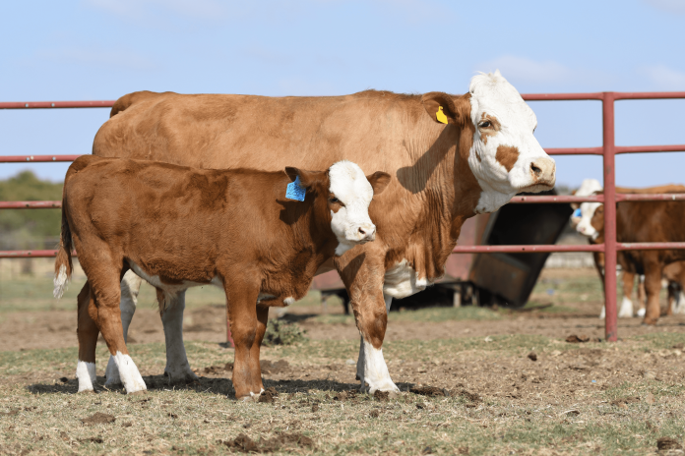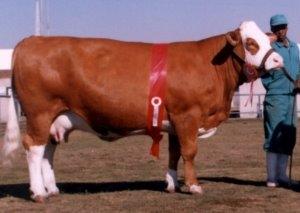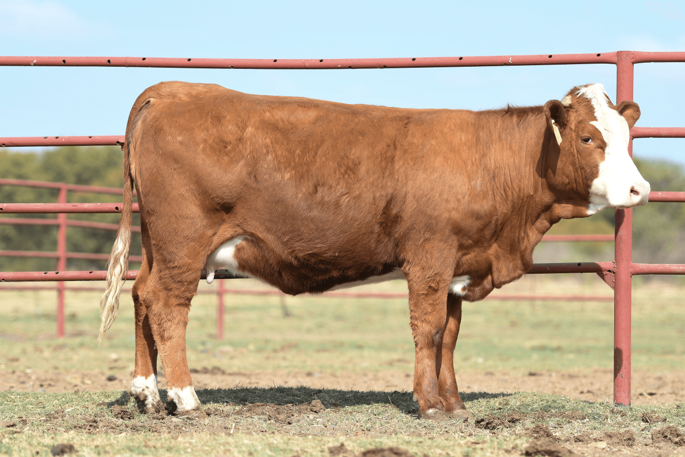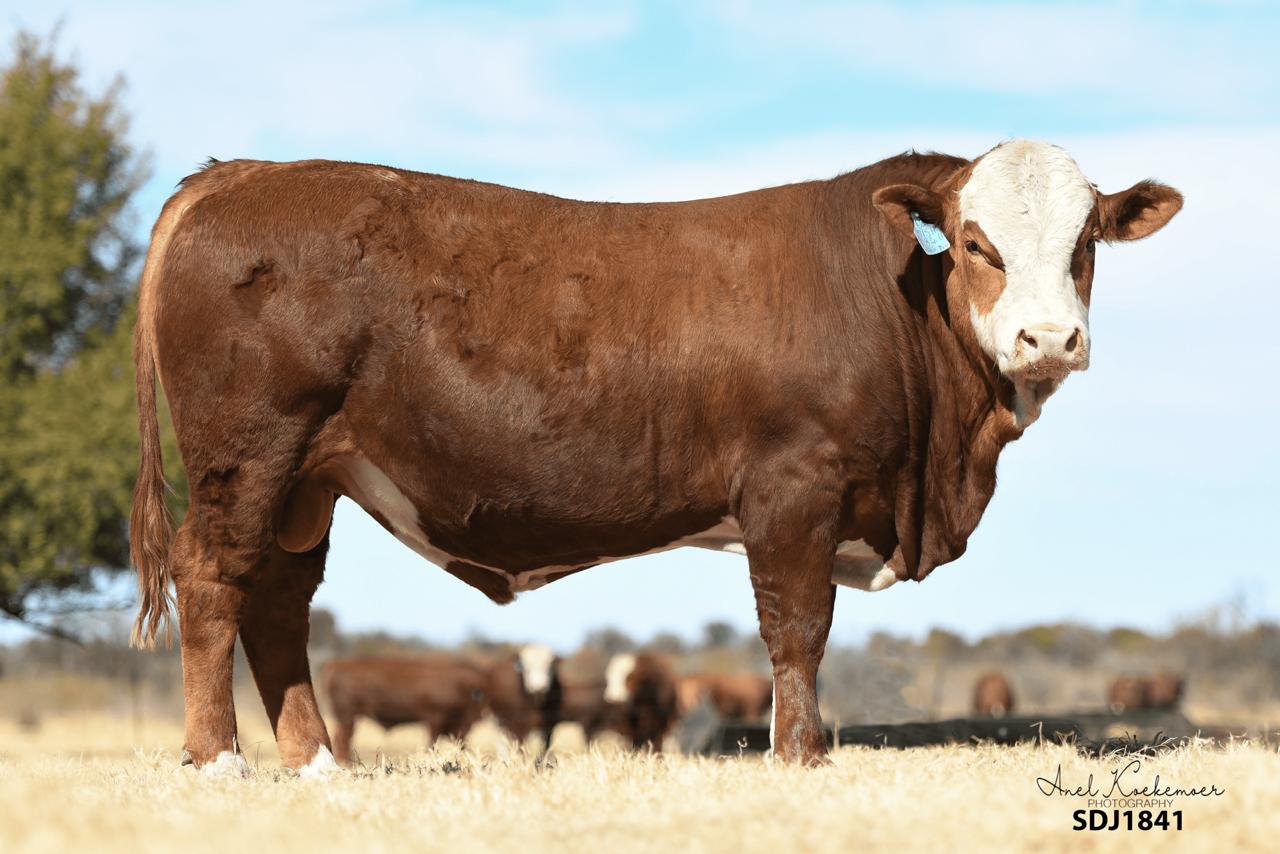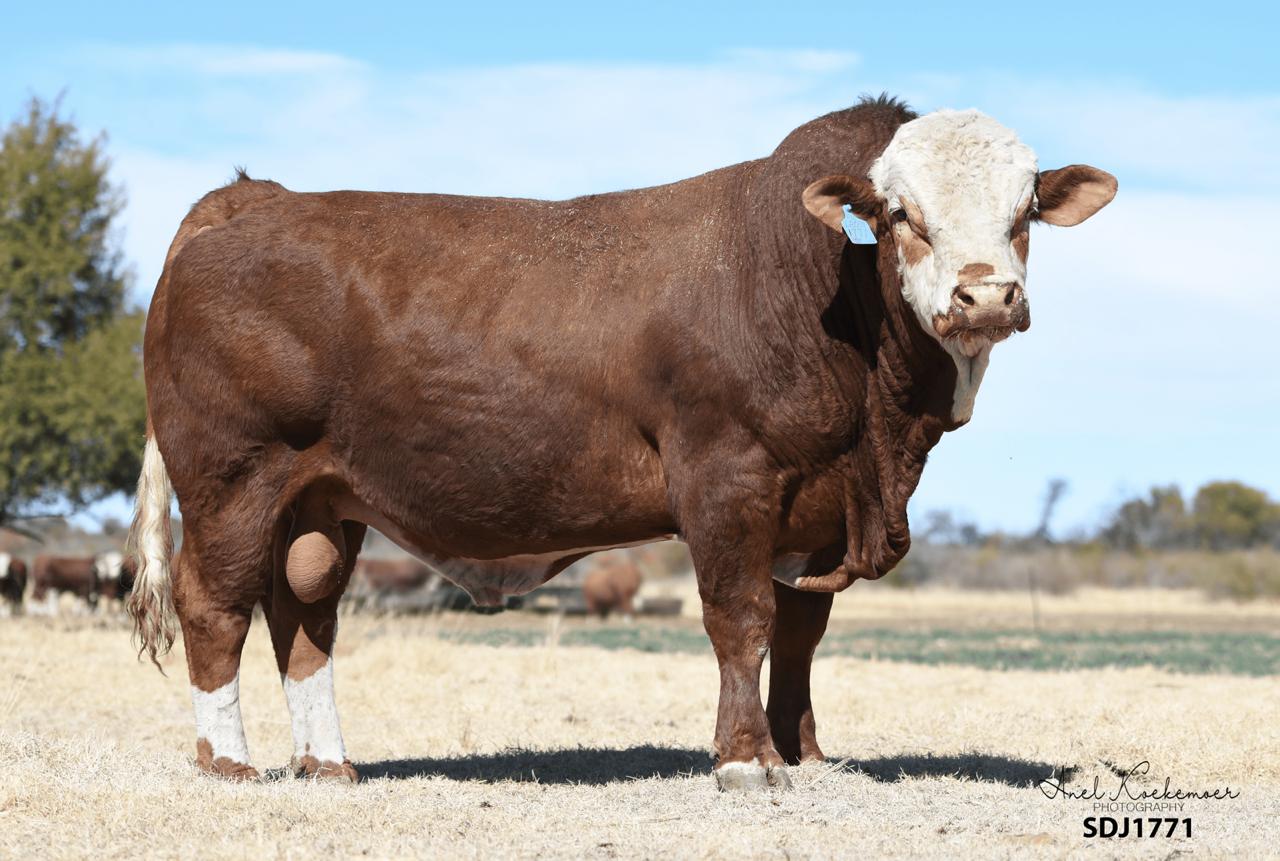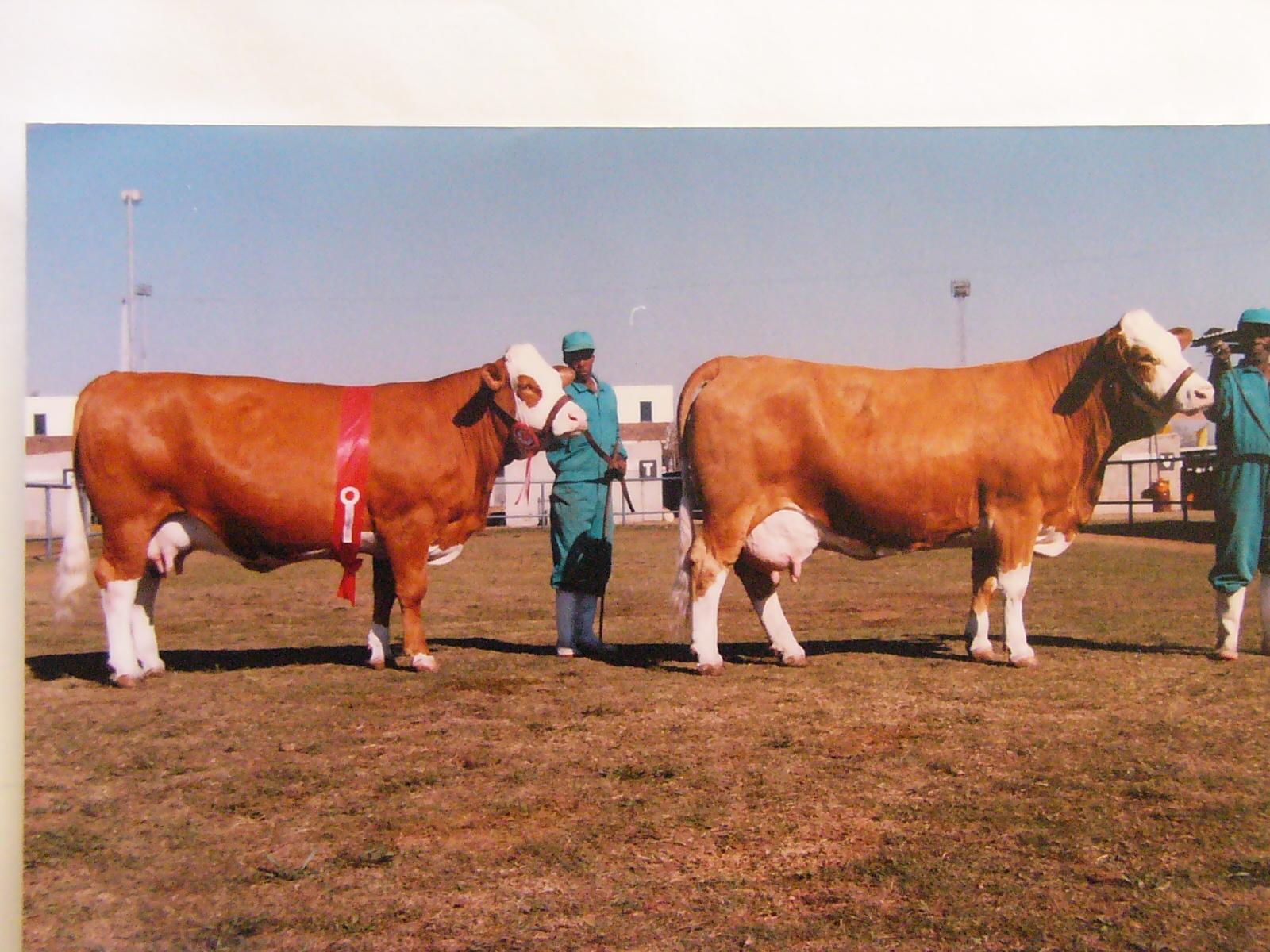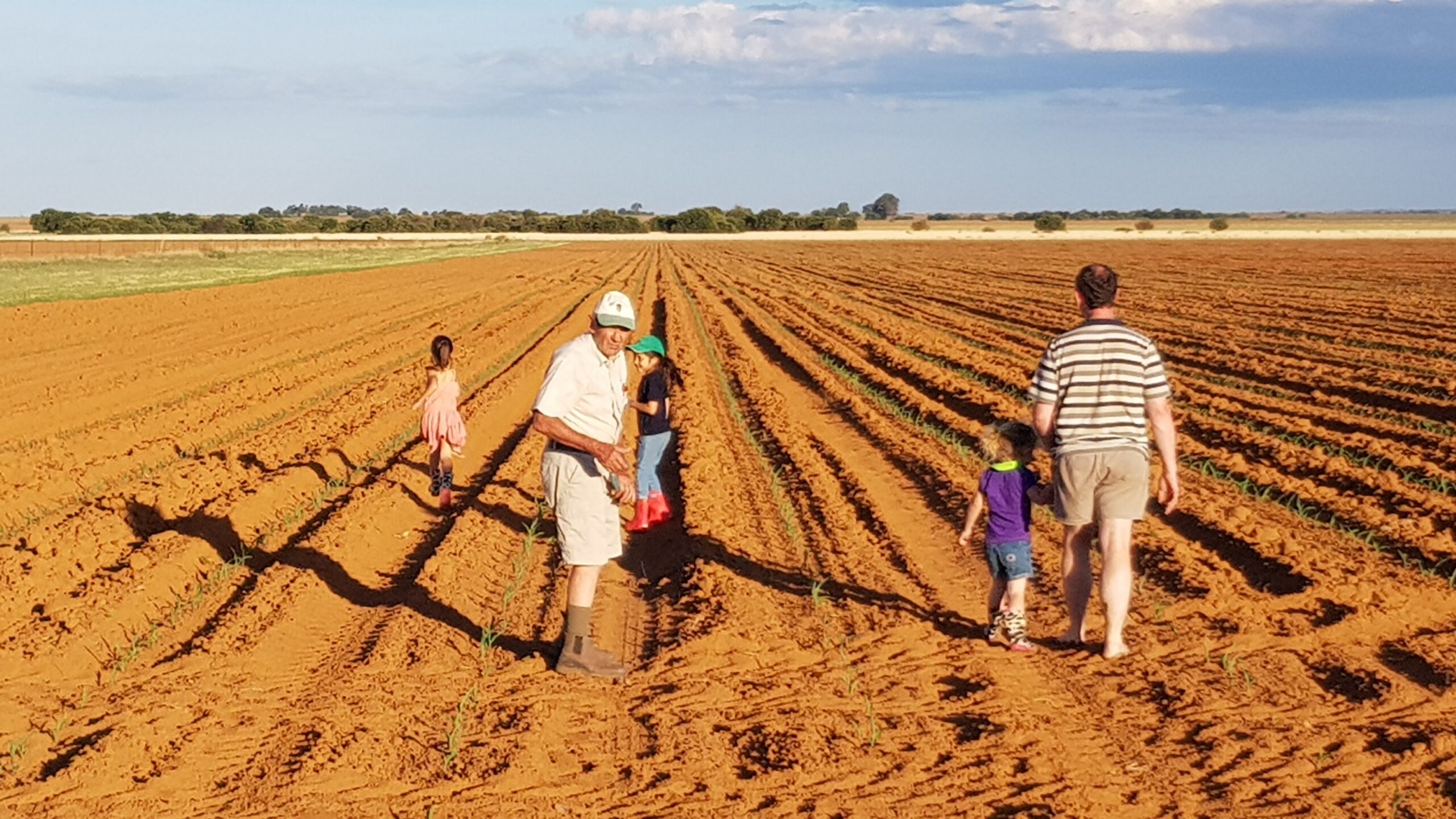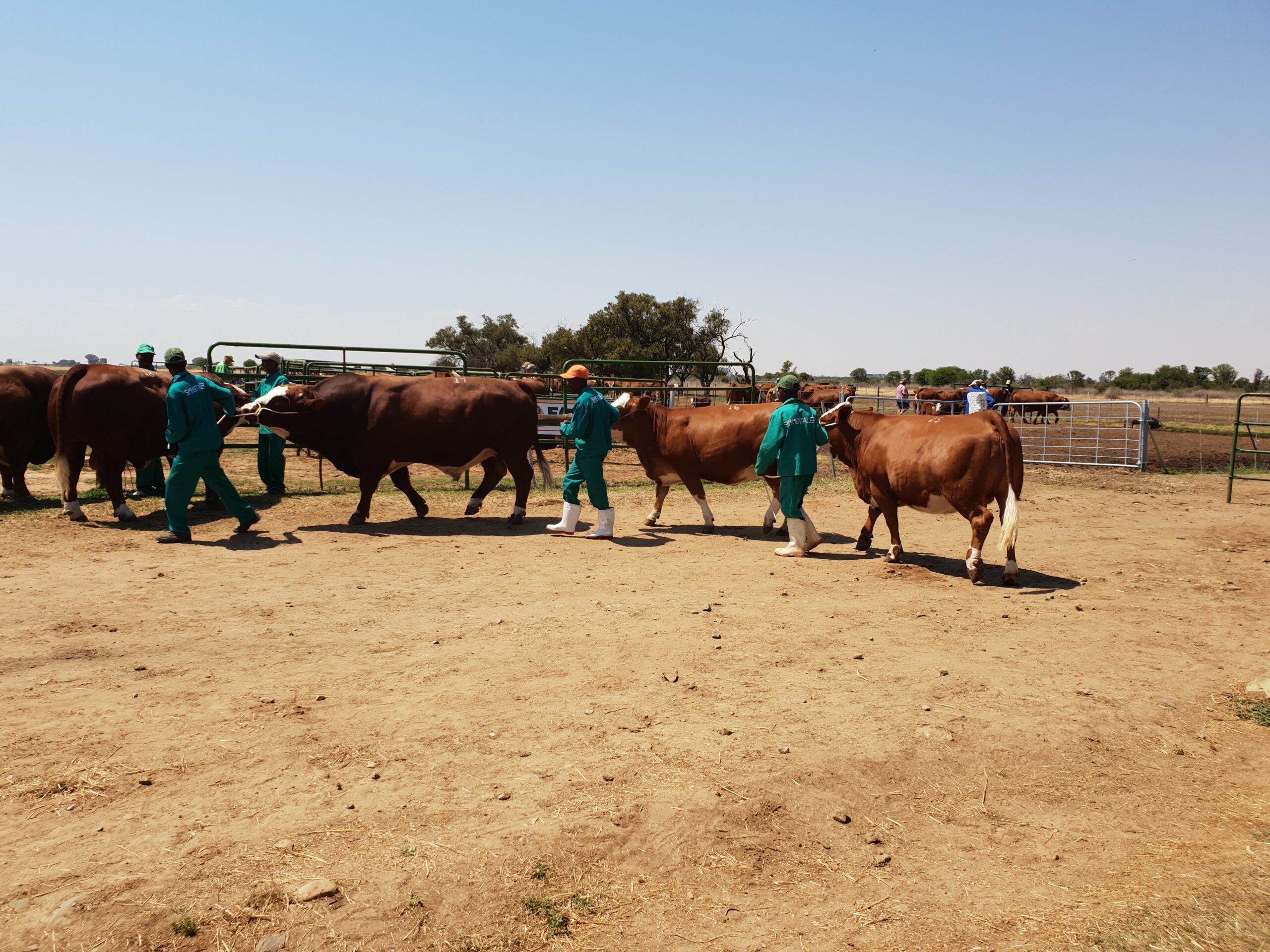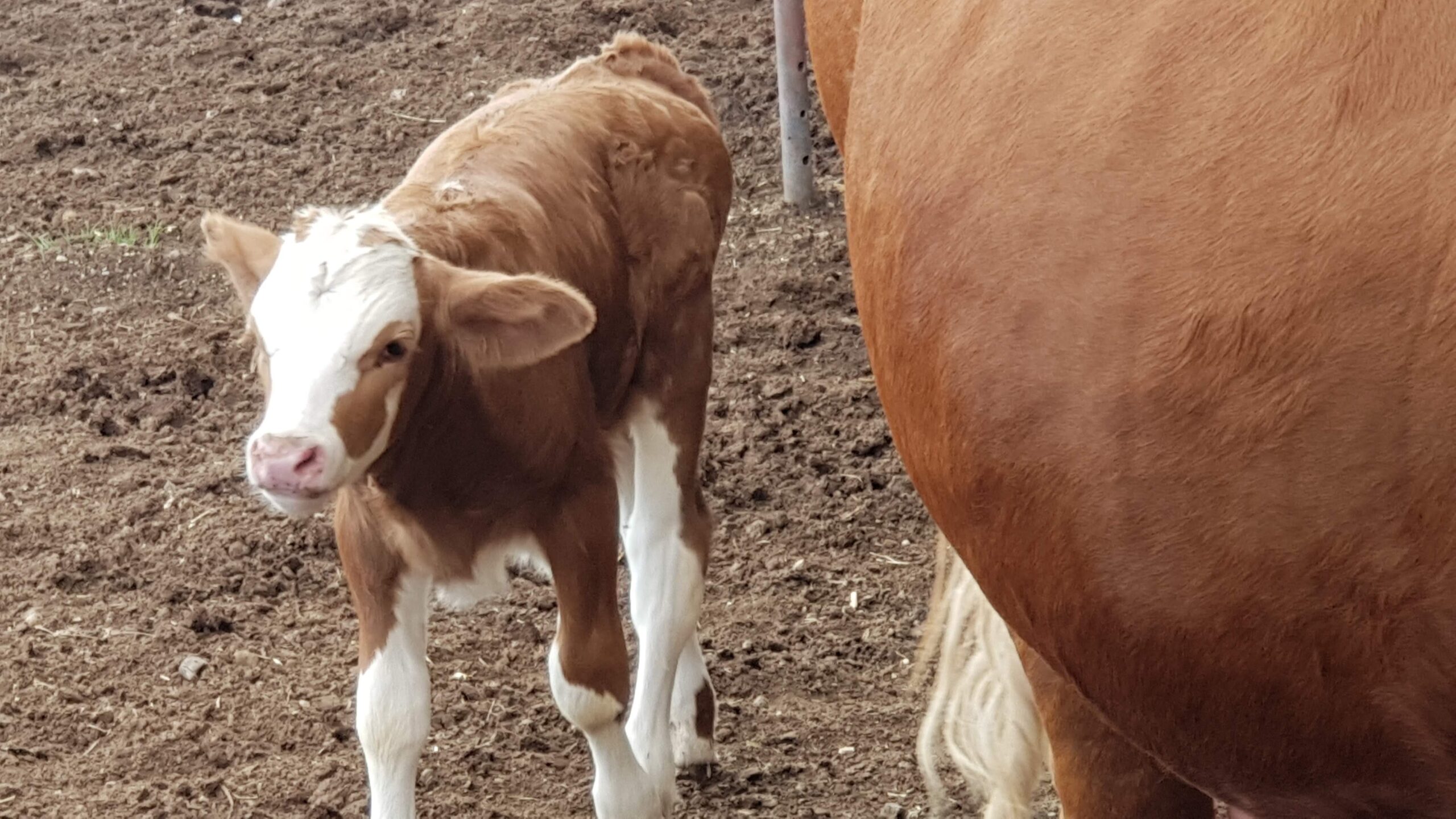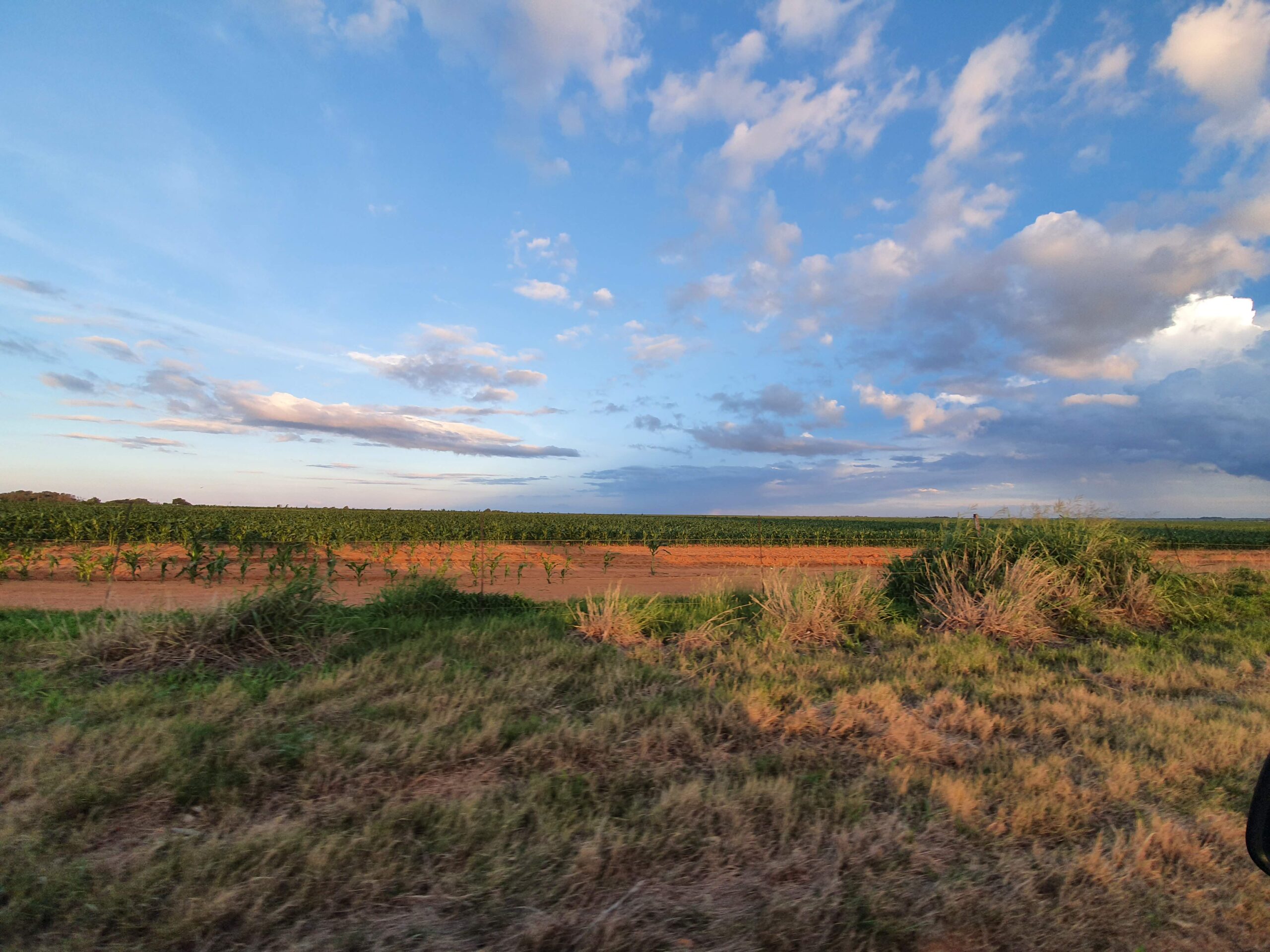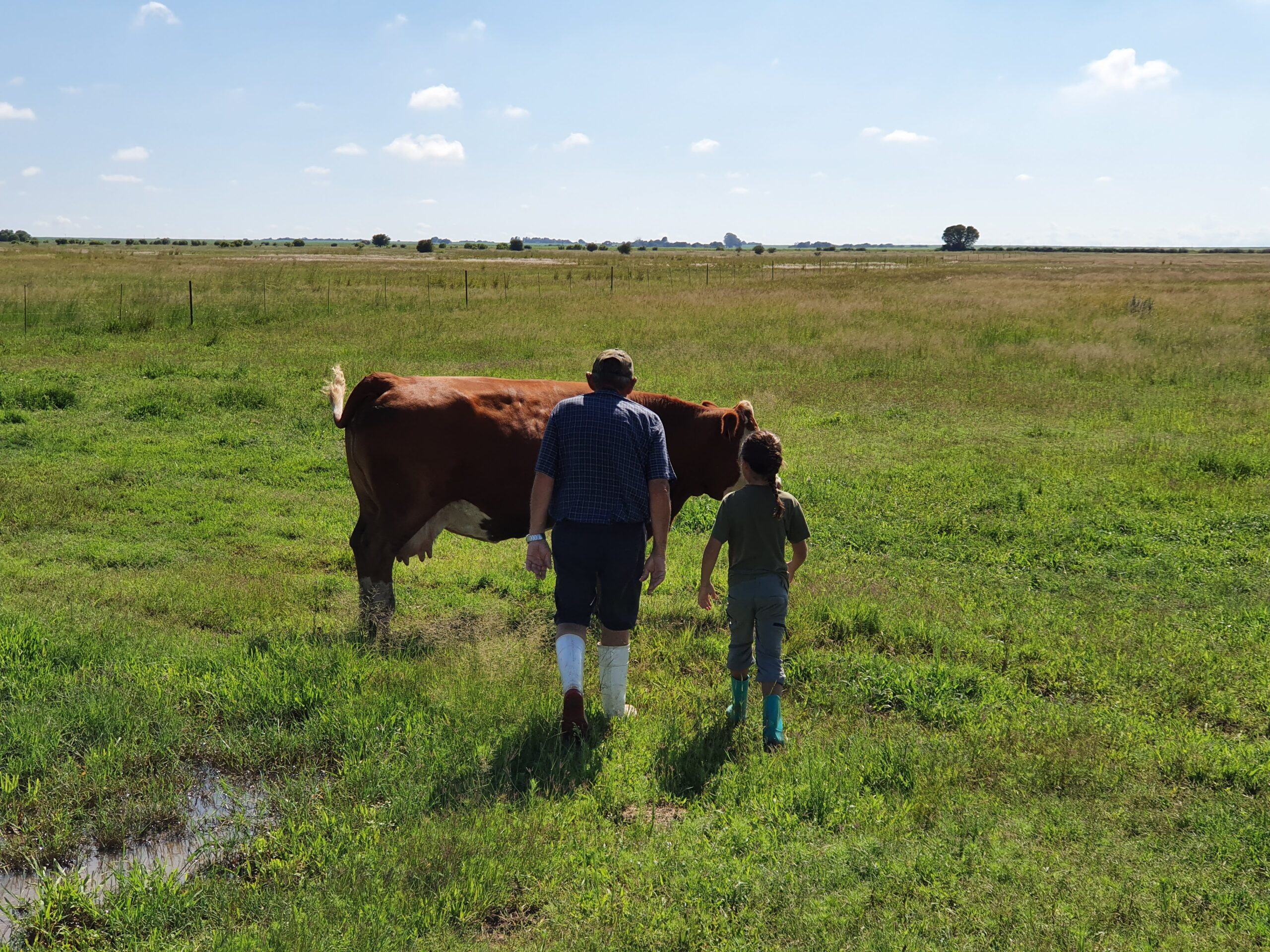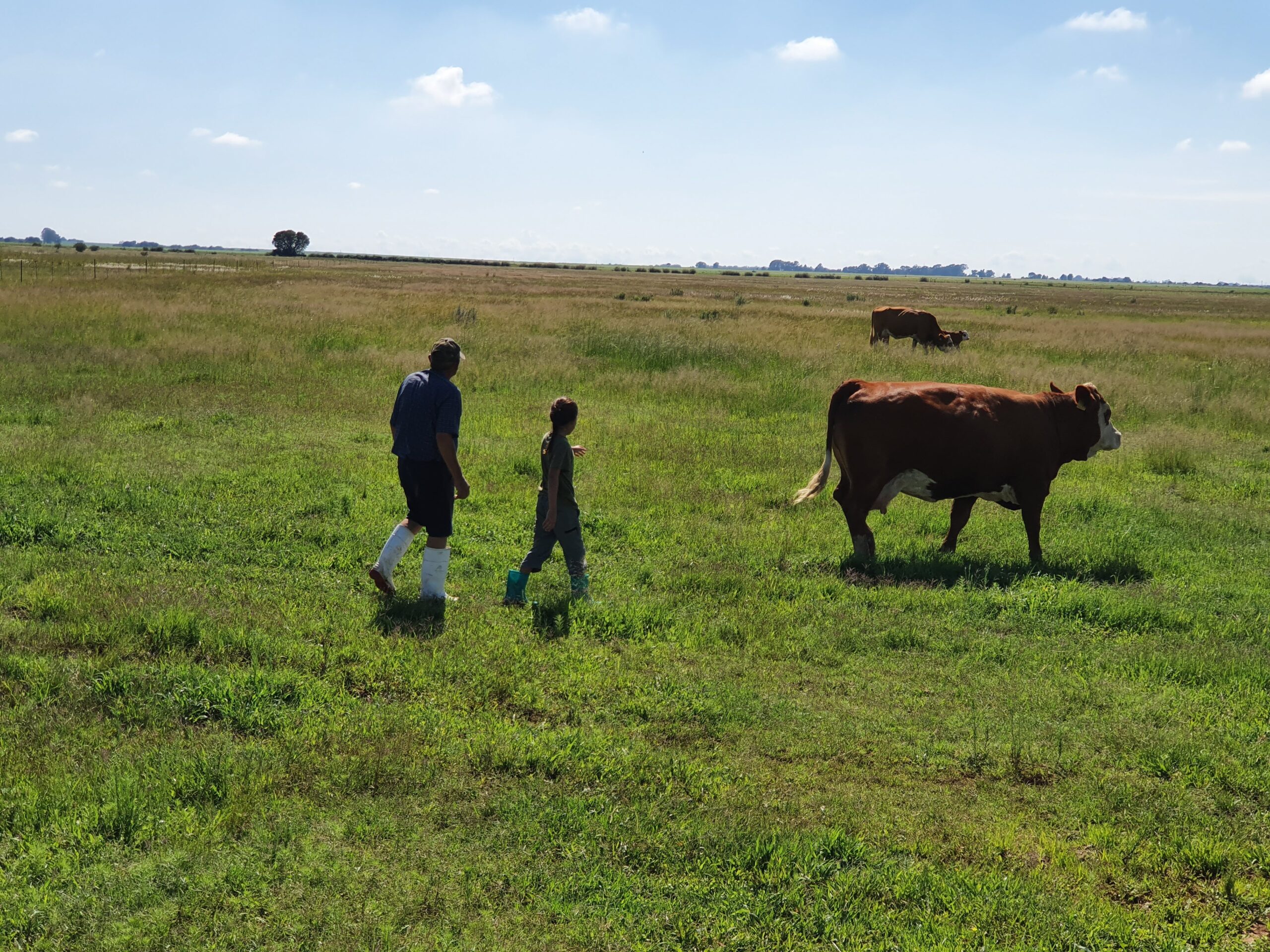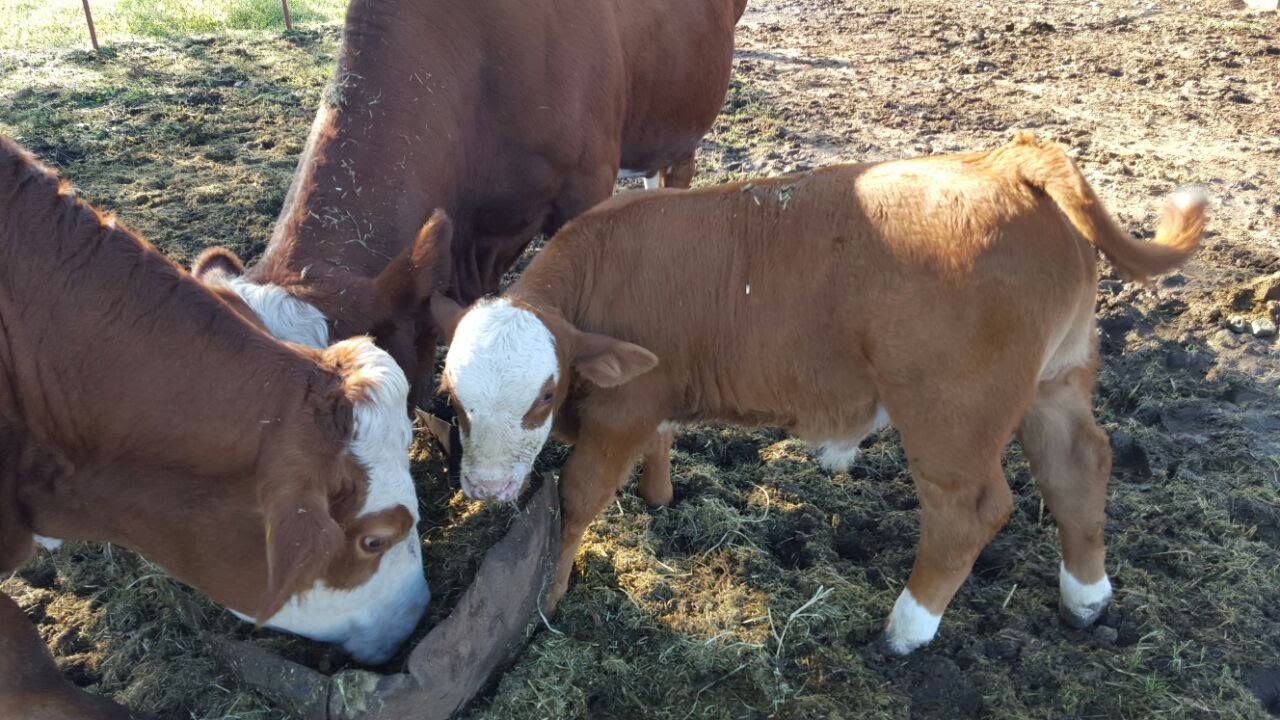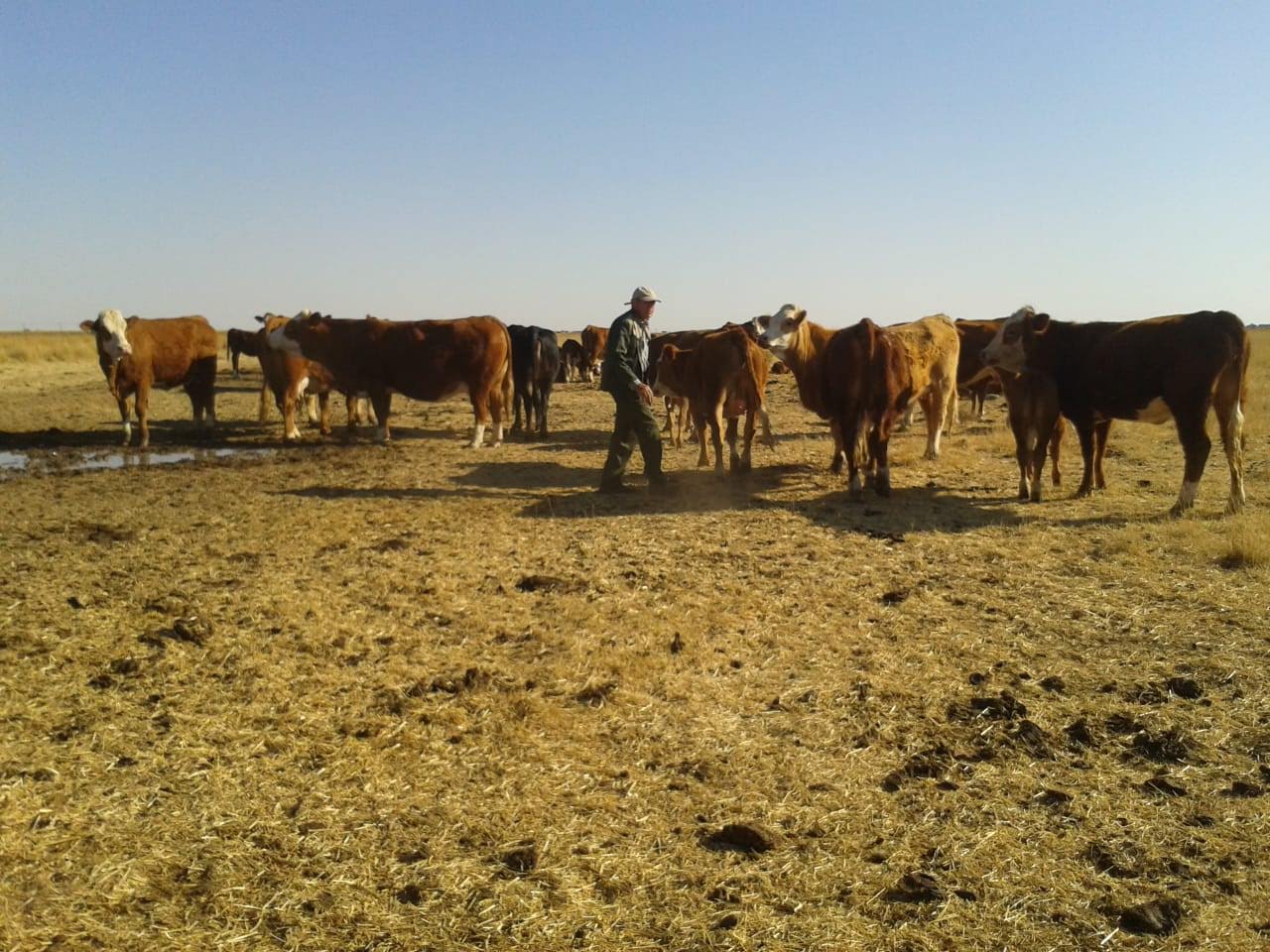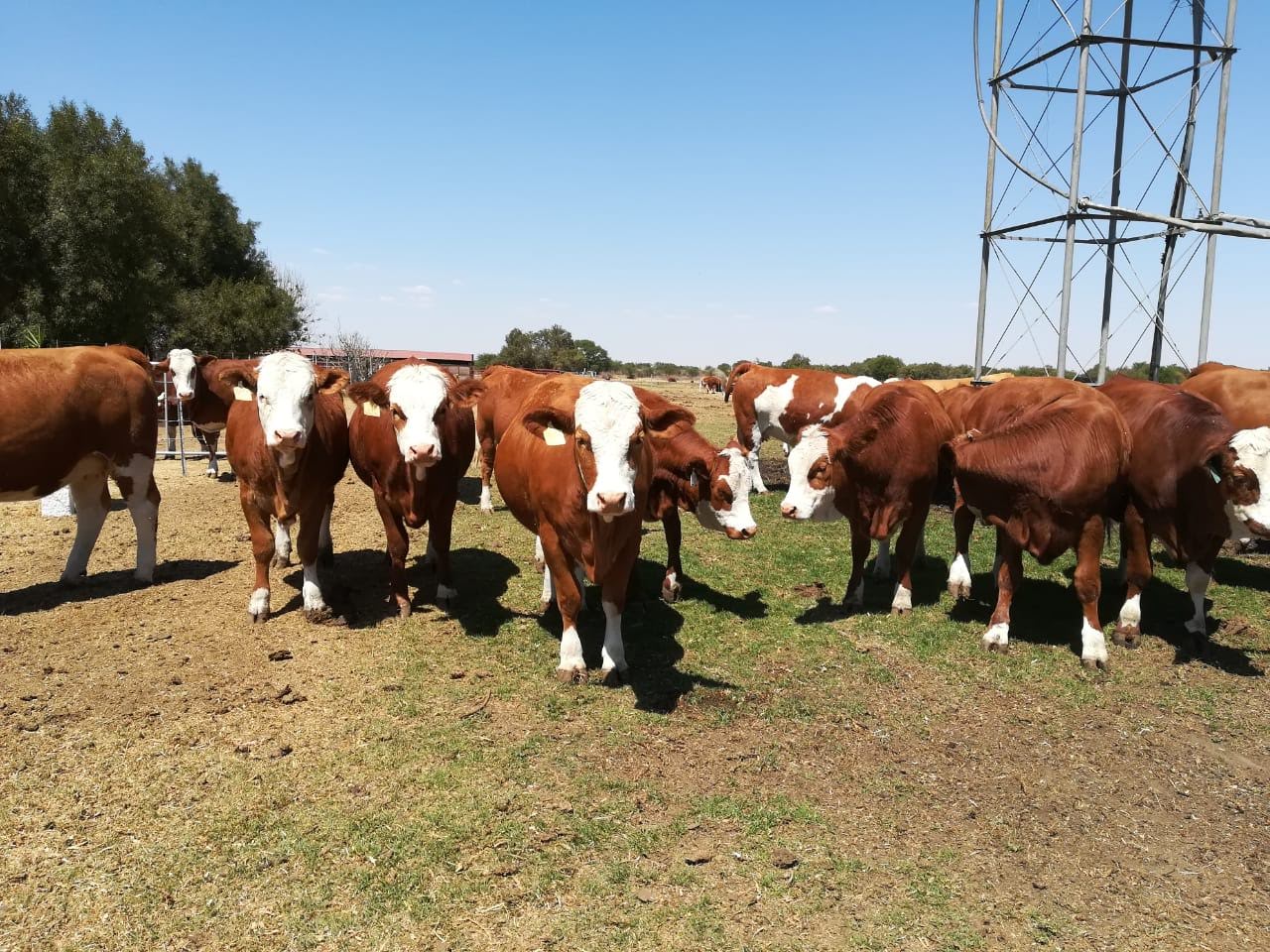19th PRODUCTION AUCTION
13 OCTOBER 2021 @ 11:00 | WOLMARRANSTAD SHOW AREA
ABOUT Ai-Ai
Ai-Ai Simmentaler was born in 1977 out of the love for the breed and its economical benefits.
The goal has always been to breed productive females with natural mothers' instincts and enough milk to supply to the commercial stud farmers. Its key to have great growth potential with a low feed input.
The S-(Siska) and R-(Rina) cow lines has outperformed all and became world renowned. Bar 5 describes Ai-Ai Siska as “the most powerful cow family in the world”. Lady Siska was sold in Brazillia for Ca $925,000. Ai-Ai Sissa was dubbed the Super cow at Pretoria Show and her son Ai-Ai Eon was the reserve junior Champion at the Vryburg show in 2010.
Ai-Ai Rina has been described as “a blend of maternal power with no exception” after her first embryos was receive in USA.
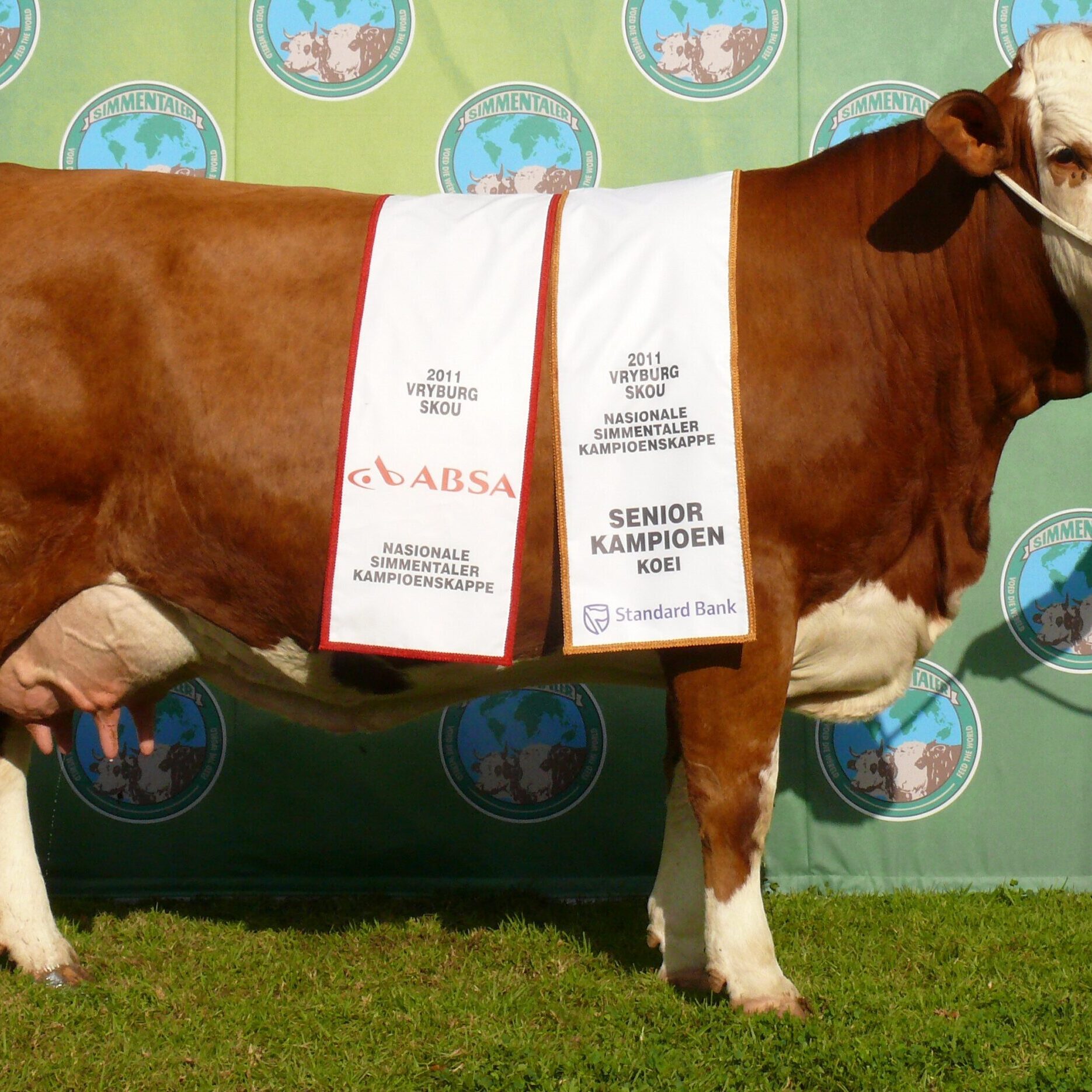
UNDERSTANDING POSSIBLE CHANGES IN EBV's FOR SOUTHERN AFRICA SIMMENTALER
The accuracy associated with a breeding value (EBV) gives an indication of its reliability, and the likely extent of its possible change as more information becomes available. EBVs are based on the available information at the time of the genetic analysis. As more data becomes available on an animal (or its progeny, or relatives) then the accuracy of its EBVs for particular traits will increase.
For example, a bull at 18 months of age might have EBVs based on his own performance and the performance of his siblings, parents and other relatives. As the bull is used, and his progeny recorded, more information is available about his likely genetic merit. As a result, his EBVs may change and the accuracies will increase.
Accuracy are influenced by the heritability of a trait and the genetic associations existing between traits. For low heritable traits, more information is required to achieve a similar accuracy to that of highly heritable traits.
Accuracies are expressed as percentages. The higher the percentage, the greater the chance that the EBV is a close estimate of the animal’s true genetic merit, and the less the likelihood that the EBV will change as more information becomes available. Even though an EBV with a low accuracy may change in the future, it is still the best estimate of an animal’s genetic merit for that trait. Generally, as more information becomes available, an EBV is just as likely to increase as it is to decrease.
The maximum likely change to EBVs at different accuracy levels is indicated by the standard error associated with different accuracies. The magnitude of the standard errors decrease as the accuracies increase. Statistically, there is a 68% chance that an animal’s true breeding value will be within 1 standard error of its EBV, and a 96% chance that it will be within 2 standard errors of its EBV.
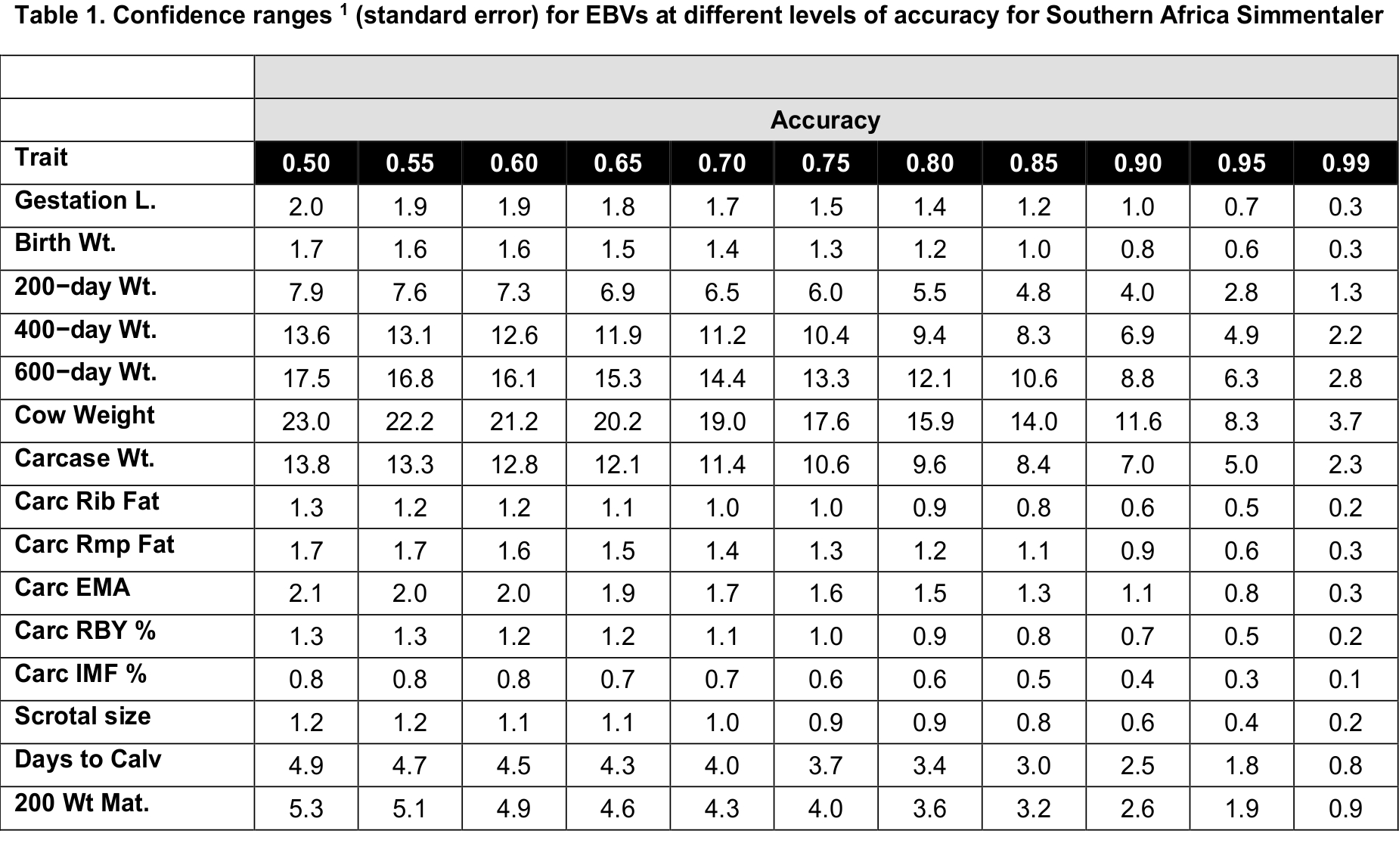
1 Statistically there is a 68% chance that an animals true breeding value will be within 1 standard error of its EBV and 96% chance that it will be within 2 standard errors of its EBV.
For example, a 200d EBV with an accuracy of 90% will have a standard error of ± 4.0 kg. If an animal’s 200d EBV is +25 kg, then with the addition of further information (e.g. progeny or sibling records), the EBV would be expected to fall within the range of +21 kg to +29 kg (i.e. 25 kg ± 4.0 kg) 68% of the time; and within the range of +17 kg to +33 kg (i.e. 25 kg ± 8kg) 96% of the time.
- Johan Potgieter -
TAKE THE GUESSING OUT OF BULL BUYING
Genetic breeding values (the figures in the table for each lot no. And below) are the best indication of how a bull will breed and are a good selection tool. More about this at the bottom of the page.
The SIMMENTALER RACE'S BREEDPLAN breeding values are divided into the upper third, middle and lower thirds. Place the breeding values of an animal in one of these three groups and do not let small differences in breeding values bother you. Breeders must keep their individual breeding policy in mind during bull selection.
![bullbuying [<= Lower than - = Between> = Higher than]](https://ai-ai-sim.co.za/wp-content/uploads/2020/10/bullbuying.jpg)
BLUP Cultivation Values (TW)
• Is NOT comparable across races.
• Allow yourself to compare animals within the Simmentaler breed, between herds and over years. (For example, you can compare a three-year-old bull in Windhoek with a year-old bull in Pretoria).
• The highest TW is not necessarily the best. The ideal for Simmentaler is in the bottom column of the table above.
• The reliability of TWs is expressed in a% figure below the TW - the higher the% the smaller the probability that the breeding value can change.
• Change annually as more information is added. (A TW has an equal chance of changing up or down).
• How do today's TWs of my “old bull” compare to the young bull I have in mind now? (To improve my herd, the young bull must be better than the old one). Visit www.simmentaler.org, select “Animal Inquiry” and type the bull's identification (in the ear) in the field “Animal Identifier” for the latest TWs - the service is available free of charge to all interested parties.
